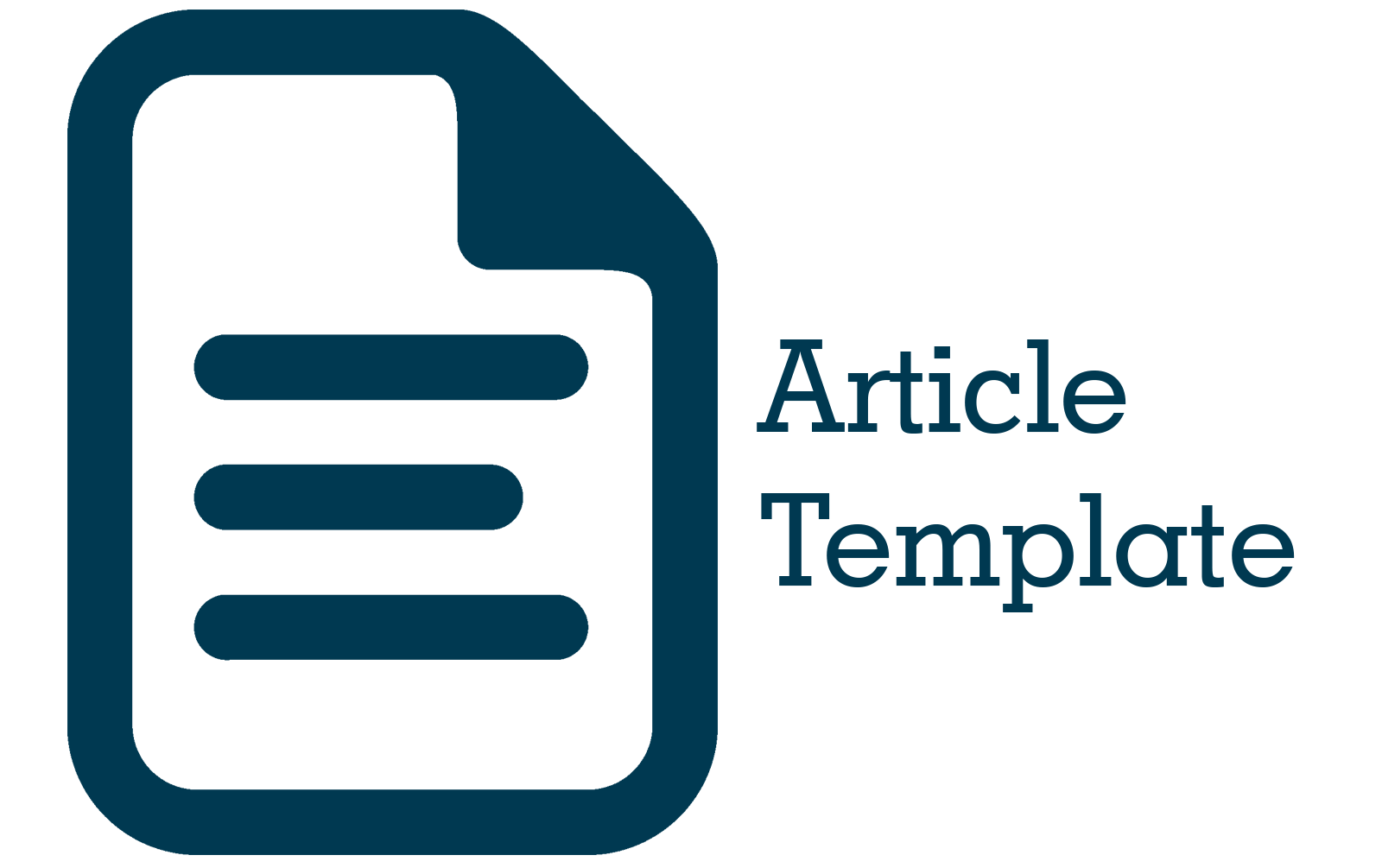Perancangan Ulang Fasilitas Kerja Ergonomis pada Stasiun Kerja Pemeriksaan di PT. X
Abstract
Abstract. X is one of the industries engaged in clothing convection. Based on observations made, PT. X could not reach the production target of 18,000 pcs/month. This is due to operator workstation examination when doing his job often take breaks to stretch the muscles resulting in a longer production time. The purpose of this study is to identify complaints on the operator's body parts, measure the operator's work risk level at the inspection work station, and make proposals for work facility design to reduce work risk using the Nordic Body Map (NBM) questionnaire measurement method and the Occupational Repetitive Action (OCRA) method. Based on the results of NBM measurements experienced by operators occur in several parts of the body such as the neck, shoulders, upper back and lower back with values ranging from 3-8. Based on the results of work risk analysis using the OCRA method, it shows a score of 74.73 for the right hand and 71.11 for the left hand, so it is categorized as high because it exceeds the number 9 which means that the work risk is in the red-high classification, improvements are needed in the examination work facility. Redesign of the examination table work facility with added storage that serves to facilitate operators. The proposal can change the work attitude of the operator who originally bent and bowed to stand tall and avoid circular movements. These work facilities are then modeled into CATIA for work risk analysis. The results of the analysis stated that the OCRA score on the proposed work facility obtained was in the range of 5.47 for the right hand and 5.20 for the left hand. Based on these results, it can be concluded that there is a decrease in the risk of operator work in doing their work.
Abstrak. X merupakan salah satu industri yang bergerak dalam bidang konveksi pakaian. Berdasarkan observasi yang dilakukan, PT. X tidak dapat mencapai target produksi yaitu sebanyak 18.000 pcs/bulan. Hal ini disebabkan oleh operator stasiun kerja pemeriksaan pada saat melakukan pekerjaannya sering beristirahat untuk melakukan peregangan otot sehingga mengakibatkan waktu produksi menjadi lebih lama. Tujuan penelitian ini adalah mengidentifikasi keluhan pada bagian tubuh operator, mengukur tingkat risiko kerja operator pada stasiun kerja pemeriksaan, dan membuat usulan rancangan fasilitas kerja agar dapat mengurangi risiko kerja menggunakan metode pengukuran kuesioner Nordic Body Map (NBM) dan metode Occupational Repetitive Action (OCRA). Berdasarkan hasil pengukuran NBM yang dialami operator terjadi pada beberapa bagian tubuh seperti leher, bahu, punggung atas dan punggung bawah dengan nilai rentang 3-8. Berdasarkan hasil analisis risiko kerja menggunakan metode OCRA menunjukan skor 74,73 untuk tangan kanan dan 71,11 untuk tangan kiri, sehingga dikategorikan tinggi dikarenakan melebih angka 9 yang artinya risiko kerja berada pada klasifikasi red-high, diperlukan perbaikan pada fasilitas kerja pemeriksaan. Perancangan ulang fasilitas kerja meja pemeriksaan dengan ditambahkan tempat penyimpanan yang berfungsi untuk memudahkan operator. Usulan tersebut dapat merubah sikap kerja operator yang semula membungkuk dan menunduk menjadi berdiri tegap dan menghindari gerakan memutar. Fasilitas kerja ini kemudian dimodelkan kedalam CATIA untuk dianalisis risiko kerjanya. Hasil analisis menyebutkan bahwa skor OCRA pada usulan fasilitas kerja yang didapat berada pada rentang nilai 5,47 untuk tangan kanan dan 5,20 untuk tangan kiri. Berdasarkan hasil tersebut dapat disimpulkan bahwa adanya penurunan pada resiko kerja operator dalam melakukan pekerjaannya.
References
Formoso, C.T., Soibelman, L.M., Cesare, C.D. dan Isatto, E.L. (2002): Material Waste in Building Industry: Main Causes and Prevention. Journal of Construction Engineering and Management, 128(4), 316-325.
Dailey, K. W. (2003). The Lean Manufacturing Pocket Handbook. DW Publishing.
George., dan Michael, L. (2005). The Lean Six Sigma for Service. New York: Mc Graw-Hill.
Rother, M., dan Shook, J. (1999) Learning to See: Value Stream Mapping to Create Value and Eliminat Muda. Brookline: The Lean Enterprises Institute.
Intifada, G. S., dan Witantyo, (2012). Minimasi waste (pemborosan) menggunakan value stream analysis tool untuk meningkatkan efisiensi waktu produksi (Studi Kasus PT. Barata Indonesia, Gresik). Jurnal Teknik Pomits, 1(1), 1-6.
Hines, P., dan Rich, N. (1997). The Seven Value Stream Mapping Tools. International Journal of Operations & Production Management, 17(1), 46-64.
Hines, P., dan Taylor, D. (2000). Going Lean. Cardiff, UK: Lean Enterprise Research Centre Cardiff Business School
Besterfield, D. H. (2012). Quality Improvement. New York: Pearson.
Mitra dan Amita. (2016). Fundamentals of Quality Control and Improvement. Edisi 4. New Jersey: Willey.
Mann, D. (2010). Creating a Lean Culture: Tools to Sustain Lean Conversions. Edisi 2. New York: Productivity Press.
F. Elshadi and C. R. Muhammad, “Penerapan Metode Lean Six Sigma untuk Mereduksi Waste pada Produksi Sepatu Sandal,” Jurnal Riset Teknik Industri, pp. 17–26, Jul. 2022, doi: 10.29313/jrti.v2i1.664.
M. Istikomah, Endang Prasetyaningsih, and Chaznin R. Muhammad, “Usulan Perbaikan Lintasan Produksi untuk Mereduksi Waste pada Departemen Kerja Produksi dengan Kombinasi Lean Manufacturing dan Theory of Constraints,” Jurnal Riset Teknik Industri, vol. 1, no. 1, pp. 77–87, Oct. 2021, doi: 10.29313/jrti.v1i1.233.
A. R. Somantri and Endang Prasetyaningsih, “Reduksi Waste untuk Meningkatkan Produktivitas pada Proses Produksi Bracket Roulet Gordyn Menggunakan Pendekatan Lean Manufacturing,” Jurnal Riset Teknik Industri, vol. 1, no. 2, pp. 131–142, Dec. 2021, doi: 10.29313/jrti.v1i2.416.











